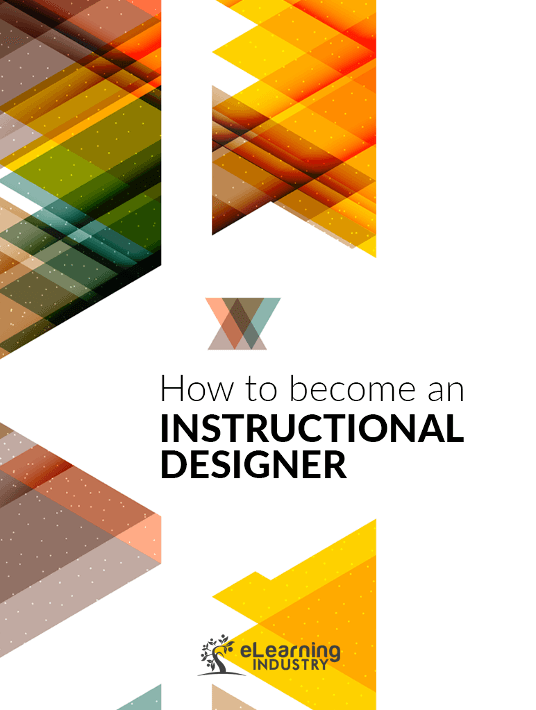Like many Instructional Designers, I came to this profession by accident. Once upon a time, I thought I might become a teacher. Or maybe a writer. A graphic designer. Perhaps a business consultant. It wasn't until I was practicing all of these things at once that I discovered I was an Instructional Designer.
So, for me, becoming an Instructional Designer was more a matter of how I chose to approach my practice (no matter what I was doing) than making a decision to shift to instructional design. By doing work in a particular way, instructional design just became my work. Make sense?
Here are some of the guidelines I chose to follow:
- Do work that contributes to the business. As you design learning, keep a line of sight to the real problems and mission of the business. What matters to the organization? To the people who work there? And to their customers?
- Know and communicate the learner. Understanding and building empathy for learners makes good business sense. Develop personas and journey maps to help your team and stakeholders to understand the learner. Be accountable to the learner.
- Focus on performance improvement. Design instruction that closes the gap between what people are doing now and what they need to do. Drive for impactful behavior change.
- Be an investigator. Tie your designs to real data around the performance situation. This means understanding what is fact and what is fiction. Sorting this out can take some digging and sometimes some political dancing (people like their fiction).
- Be a thoughtful creative. Experiment. Try new ideas. Do bring interactivity, storytelling, and game-based learning mechanics into your work. But make sure you understand the learning science first. For example, stories and game mechanics aren't always appropriate.
- Don't be an order taker. People will say, “We need training”. Nod, smile, and respond “Let's take a look”. Build the business case for what you really should be doing. Sometimes that's training or eLearning. Often it's something else (like a job aid).
- Involve SMEs in the design process. Not just the SME who knows everything, but the one who is still learning. Together, you will design instruction that results in learning that matters.



